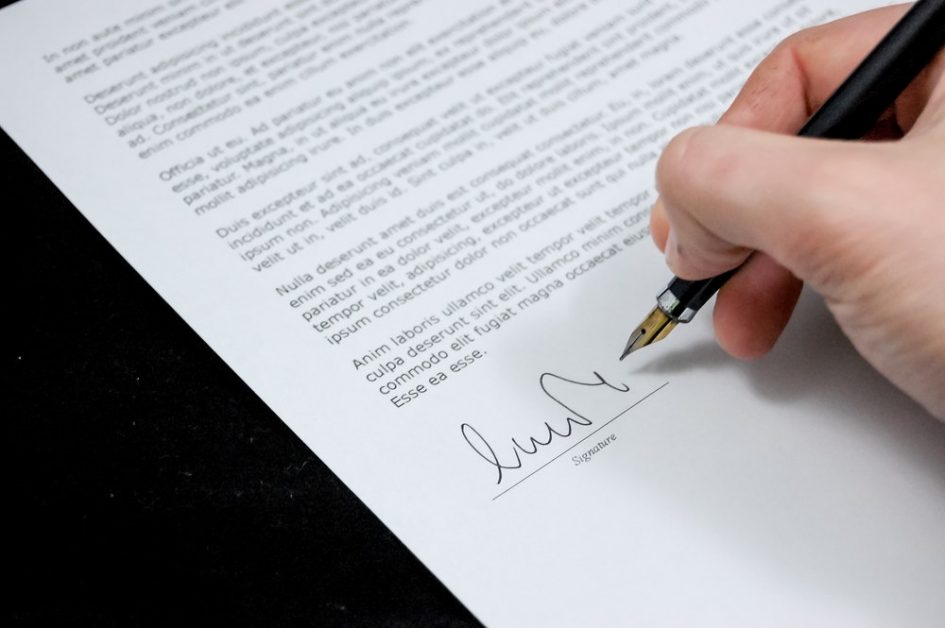Egomaniacs who are their own favourite topic. We all know someone like that, right? But are we in danger of coming across that way in our sales proposals?
Pardon, I hear you cry! How could we sound like this? Well, for a start, do you spend the first few pages covering all the awards you have won, and the bright history of your team? How far into the document before you learn what the prospect wants? Are the prospect’s objectives even covered in your proposal?
I’ve read many sales proposals from web companies over the last decade or so, and it still amazes me when I come across this type of example: a mind-numbing twenty pages in length, with pages 1 to 16 about the web company, and page 17 the first sign of discovering what the prospect wanted.
How did I get my hands on this proposal? Well, our company won a job, and the client gave me this blundering document to show what not to do in business. We shared a laugh reading through the novel-length sales pitch together, where they also took the liberty of misspelling the client’s name on the cover page!
The secret of successful proposals is to focus on what the prospect wants to hear. They want solutions to their problems, benefits for their projects, and most of all, they want to be convinced that you understand what they need. Sixteen pages talking about yourself (especially at the beginning) is subconsciously stating that you believe you are far more important than their project!
You should mention who you are and what you do, but after their project details, and one or two pages should suffice. Or perhaps make it a separate document entirely. Use an active voice with good choice in words, not boring and passive.
Make sure you’ve included the basics: timeline, budget, and deliverables. Reiterate your understanding of the prospect’s requirements, and make sure your proposal clarifies how your solution will help them.
A great sales proposal doesn’t have typo’s. Spell-check, then spell check again – misspelling a prospect’s name is just plain lazy. Use short sentences, avoid long paragraphs, and keep the entire proposal succinct; a technical specifications document can run to dozens of pages, but a sales proposal shouldn’t. Speaking of technical, don’t get all abbreviated on the client. The average prospect doesn’t know what half the abbreviations we use mean, and we shouldn’t expect them to, either.
Sell benefits, not products. You may have a great content management system, email marketing platform, or other product, but talk about the benefits of these, not the product features.
Include testimonials or links to similar projects if you can. This shows you have a proven track record, and understand their requirements.
If you lack any design skills, ask a colleague to give the document some sparkle, and then use this as a template for your great sales proposal. A polished document is clearly marked with headings, sub-headings, and block quotes (if required).
Conclude the proposal with a call to action. Don’t just end it with a price for the job. State what the terms are, and make it easy for the prospect to action the starting process. For example: “Send this page back, signed and dated, and we can commence immediately” is far better than a dollar figure on the last line.

 Entrepreneur,
Entrepreneur, 
30 July 2009 at 3:23 am
Mike,
Great article. We are redesigning our site and would like to include on our resources page or link.
We are a software developer of proposal and contract management software.
Thanks
Bob Brown
VP Sales
14 August 2009 at 5:35 pm
Hi Miles, just wanted to tip my hat to you. I re-read this post before sending off the proposal for my highest profile client ever, and pending committee review, I’ve won it. The client wrote something interesting to me: “You wouldn’t believe how shoddy some of the other proposals have been (e.g. not reading the brief at all, copy-pasting our name into proposals clearly meant for others)!”